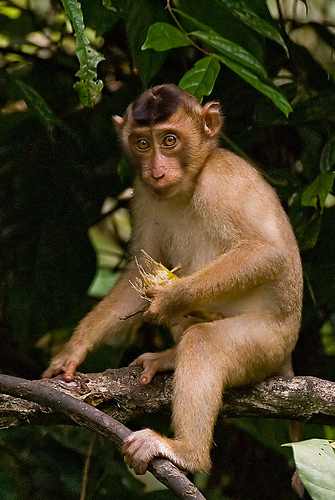QUESTION
Where does malaria occur?
ANSWER
Malaria has at some stage or another occurred on every continent of the world except Antarctica. Currently, cases of human malaria are mainly found in Central and South America, parts of the Caribbean, sub-Saharan Africa, parts of the Middle East, south Asia, south-east Asia, and the Pacific Islands of Oceania. Control efforts, mainly consisting of reducing populations of vector mosquitoes, has eliminated transmission from North America, most of Europe, most of North Africa and parts of the Middle east and Asia. Currently, the vast majority of malaria mortalities occur in sub-Saharan Africa, and mainly in children under the age of five.
